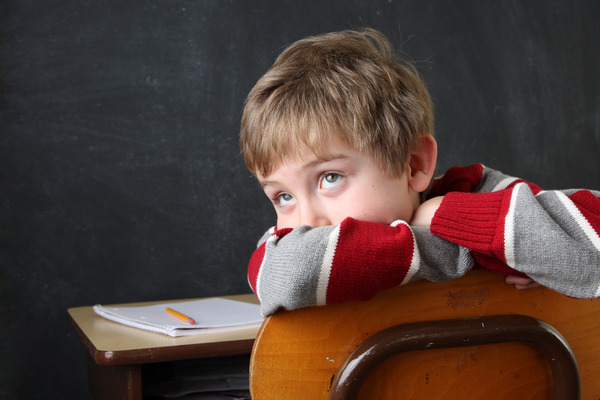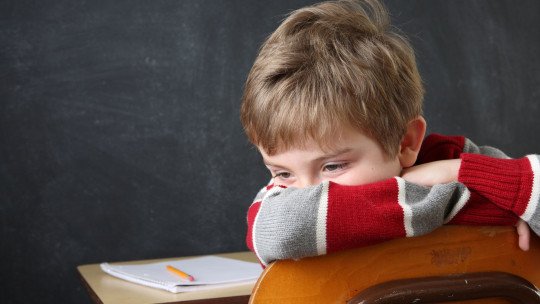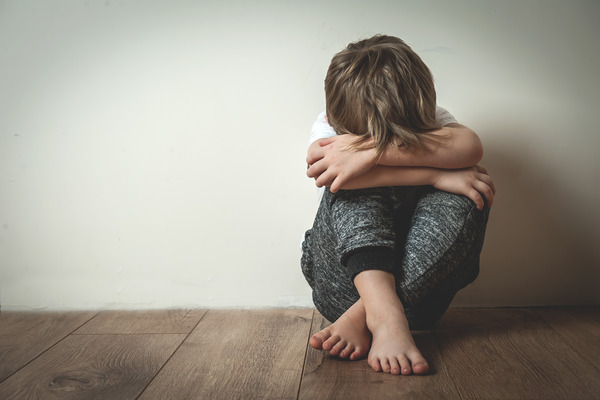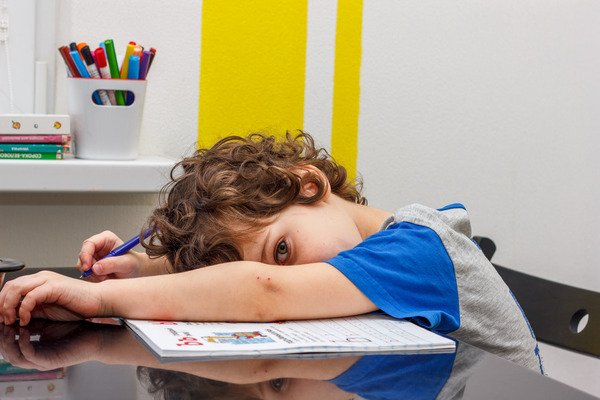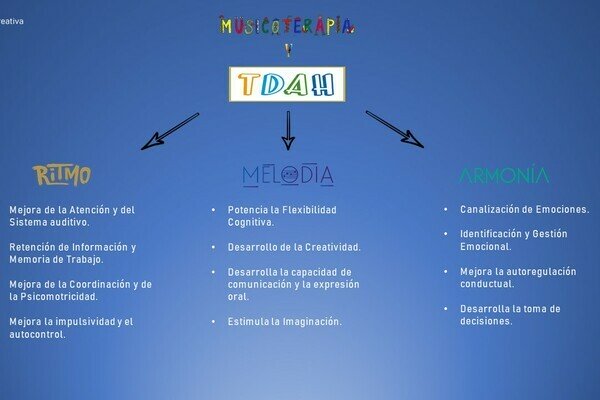What are the characteristics of ADHD in children? How to detect childhood ADHD? Discover the main symptoms and treatment of this disorder in children.
He ADHD in children It usually involves difficulties in paying attention, staying still, adapting to quiet tasks or acting without thinking things through. Due to these difficulties, childhood ADHD usually leads to different problems in a child’s life. But, what are the main characteristics of children with ADHD?
ADHD in children
ADHD stands for attention deficit hyperactivity disorder. People with ADHD present differences in both brain development and activity, which ends up affecting their ability to pay attention and self-control.
ADHD begins to occur during childhood. In fact, around 7% of children are diagnosed with this disorder. Although symptoms generally improve as people get older, about 65% of children who have the condition childhood ADHD They continue to have their symptoms as adults.
In many cases, due to all the difficulties experienced by the ADHD, children They may have problems not only in the educational aspect but also in maintaining and making friends. For this reason, when ADHD affects you on a personal level, it is important to go to a professional psychologist specialized in the treatment of this disorder.
How do I know if my child is hyperactive?
All children may have trouble paying attention, as well as listening to and following instructions from others or staying still. But, when there is a case of ADHD in children , these usually present much more movement and lack of attention than the others. Mainly, the characteristics of ADHD in children are the following:
- Lack of attention : They tend to be children who do not pay attention, that is, they are easily distracted. In addition, they often have problems focusing on different activities and completing a task. They may not hear each other’s instructions well, they may miss important details, and they may not finish what they start. In many cases they have a tendency to daydream or ‘waste a lot of time’ to complete a task.
- Hyperactivity : A hyperactive child He is usually very restless and tends to get bored very easily. In many cases they tend to have problems staying still when necessary. Sometimes they may jump or make sudden movements in situations where they shouldn’t. They may unintentionally act in such a way that they disrupt others.
- Impulsiveness: The impulsive children They can act without thinking about the consequences of their actions. This often makes them interrupt others or even find it very difficult to wait. Another characteristic of ADHD in children is that they usually have emotional reactions that are too intense for the situation.
Attention, as well as self-control, are two abilities that develop little by little as children grow. In fact, children learn these skills with the help of parents and teachers. But in some cases children do not improve and begin to have problems at school, home or even with family and friends. In these cases, it is important to go to a professional psychologist.
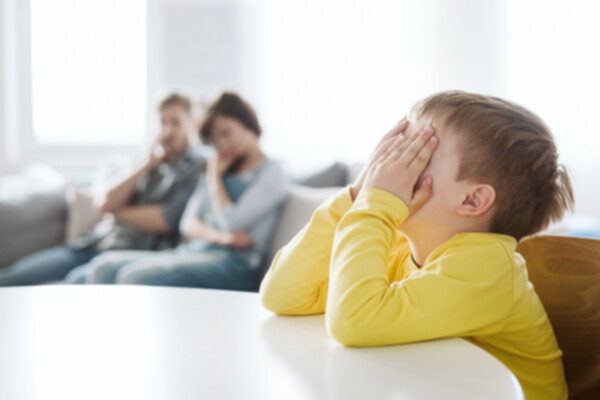
Why is ADHD diagnosed?
What must be understood, first of all, is that deals with symptoms : children move in “excess” and this tells us something about them and their suffering.
Therefore, it is important to ask yourself: Which child is behind these symptoms? Or why does he move? Why is he anxious? What does he suffer from? What else is happening around you, at home or at school? His distress , your movements, your concerns could be related to something that is happening around you. It could be a child’s response to what he cannot understand, resolve or process in some situation from the present or the past.
Certainly, it is necessary to ask ourselves: What do we expect from children? Many times the child is expected to be happy, to be calm, to be calm, and many more things… This has to do with a “child ideal” that refers to values that are not They adapt very well to society in which we live and the demands with which we face our children every day.
Could it be that sometimes we force children to correspond with an “ideal of peace”, of tranquility, of calm, that becomes impossible to achieve even for ourselves?
For every medication there is a disease: ADHD seems to have become in a -quick- response to many evils. It comes hand in hand with a specific treatment that is generally accompanied by a prescription for medications, which also have their own adverse effects.
Isn’t it interesting to know that the psychiatrist Leon Eisenberg, one of the main people responsible for the invention of Attention Deficit Hyperactivity Disorder (a disorder that has driven significant consumption of Methylphenidate) belatedly confesses:
“This disorder is a clear example of a disease that has been invented”?
Blech, Jörg. “The inventors of diseases. How they turn us into patients.”
Reasons to move or reasons not to stop
If a child moves… it may be because many reasons That a child is restless, anxious, afraid, unable to sleep or unable to stop, may make some sense to him. Things also happen to every child: they go to school, they interact with other children and adults, they are at home where things don’t stop happening all the time… Every day, children find themselves in places and circumstances where difficult situations may arise. to understand for him.
We are talking about a child like today’s who performs a large number of activities daily , with a programmed agenda, with ample access to information (internet, consoles, playstation, TV, etc.); a child who is always different from another, who is unique, with a unique story, with his own ties, with his way of thinking, being, doing and living his body.
Movement, anxiety, restlessness and impulsivity, among other symptoms , they may be talking about something else. These behaviors should be taken as the tip of the iceberg, as a sign of something more; taking care not to remove from the outset what may appear on the other hand, in a different form, but equally unpleasant for the child and her environment.
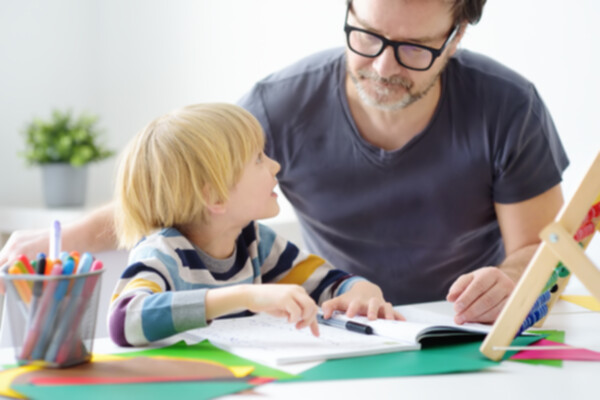
How are children with ADHD treated?
He ADHD treatment In children it generally includes the following:
- Drugs: In some cases where the characteristics of ADHD interfere a lot or cause many problems for the child, sometimes the doctor can prescribe drugs.
- Behavioral Focused Therapy: Psychologists can help children with ADHD to develop social, emotional and planning skills to be able to cope with the symptoms of this disorder.
- School and parental support: Through the help of a psychologist, parents and teachers can learn better ways to respond to the behavioral problems of ADHD.
When ADHD is not treated, it can lead to negative experiences for children who suffer from it. These situations can end up harming children’s self-esteem and school performance and even lead to depression or conflicts at school and at home.
How to treat a hyperactive child?
If your child has been diagnosed with ADHD and you don’t know how you can help them, there are a series of tips that can facilitate treatment in these cases:
- Involve: Learn everything you can about ADHD It is also helpful in the face of this disorder and its symptoms. Furthermore, getting involved in all aspects of the therapy and the psychologist’s advice will make the treatment more effective.
- Work with your child’s school: Ask the teachers if your child has problems in class and what you can do to help in this situation.
- Talk about ADHD : It is important that the child knows that has ADHD and that this does not mean a problem. Simply recognize your strengths and the positive aspects of this condition the moment a problem arises.
He ADHD in children It can improve when they receive treatment, as well as the effort and understanding support of their parents.

